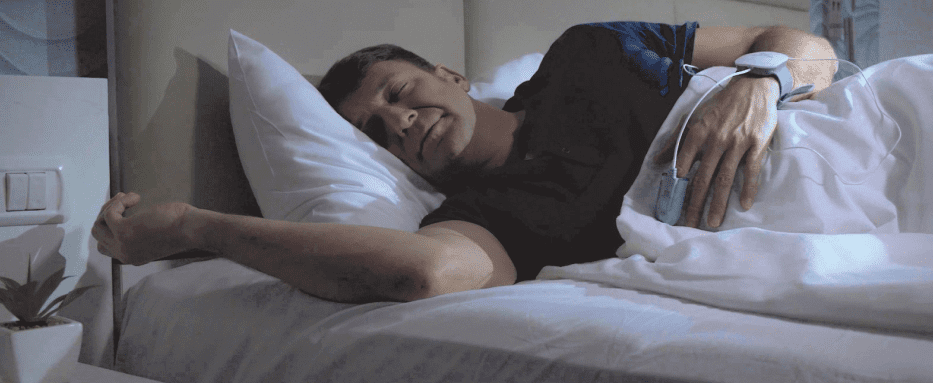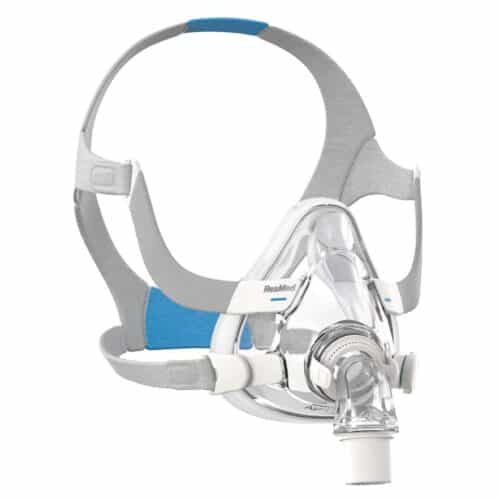Get 10% off your order!
Sign up below for PAP’s Newsletter, and keep an eye on your inbox for a one-time code. Offer not available on sale items.
So, you’ve been diagnosed with Sleep Apnea. Now, you’re looking into which mask is best for you and your sleep style and which machine will be best for your CPAP therapy. You thought it was just a CPAP machine but you’re seeing other machine types online. What is a BiPAP anyway? Is a BiPAP still a CPAP? What is the difference in BiPAP and CPAP?
Let’s break down how CPAP machines and BiPAP machines are different, and what they can mean for your long-term sleep therapy.

This is an acronym for Continuous Positive Airway Pressure. By way of a machine, a person’s airway and throat are kept open with continuous air pressure to avoid collapse and cessation of breath while asleep.
Similar to CPAP, BiPAP means Bi-level or two-level positive airway pressure. However, where CPAP only delivers one single pressure, bi-level provides two: an inhale as well as an exhale pressure.
The ‘Continuous’ bit here is the most important piece to remember when it comes to CPAP vs BiPAP. With CPAP, there is a continuous stream of oxygenated air flowing through your airways while you sleep. CPAP machines will have this continuous stream of air pressure programmed for you by your Sleep Specialist. This setting is actually a part of your CPAP prescription and cannot be changed by the user.
A BiPAP machine has two programmed settings: one pressure for inhaling (just like a CPAP) and a lower, softer pressure for exhaling. Some BiPAP machines even come with a sensor to detect the exhale, automatically decreasing the pressure based on your breathing.
Essentially the ‘base model’ of positive airway pressure machines, the CPAP is viewed as a ‘one size fits all’ for most patients with Obstructive Sleep Apnea. Many patients begin their therapy with a CPAP and use one happily for decades to come. Others, however, may find other machine types to better suit their needs.
Some patients may find a CPAP machine to be intolerable due to the continuous flow of air in their airways. Some may experience a choking sensation, while others may awaken with a sore or overly dry throat. BiPAP machines are also used for patients who have elevated levels of carbon dioxide in their blood.
BiPAP machines can also come with a backup respiratory rate for patients who have Central Sleep Apnea. The backup respiratory rate ensures the person breathes, as the main issue with central sleep apnea is initiating breath.
While the devices themselves look very similar and may not betray their secrets to the naked eye, each has its own advantages and special purposes.
CPAP machines are primarily used to treat Obstructive Sleep Apnea (OSA), while BiPAP machines are used to treat Central Sleep Apnea (CSA), complex sleep apnea, or COPD. As mentioned above, a patient may also choose to switch to BiPAP due to an intolerance for CPAP’s continuous air pressure.
As always when it comes to your sleep health, contact your Sleep Specialist before making any changes to your therapy or device, and ensure that your machine ensures you are making the most out of your sleep treatment.
If you have any questions about CPAP or BiPAP machines, have concerns about your therapy, or just want to chat you can call us at (866) 716-0663, email us at sleeptight@cpaprx.com, or Live Chat with us right on the site.


Sign up below for PAP’s Newsletter, and keep an eye on your inbox for a one-time code. Offer not available on sale items.
SUBSCRIBE TO OUR NEWSLETTER Receive exclusive offers & insightful articles to enhance your sleep.
Search by product name, type or brand.
